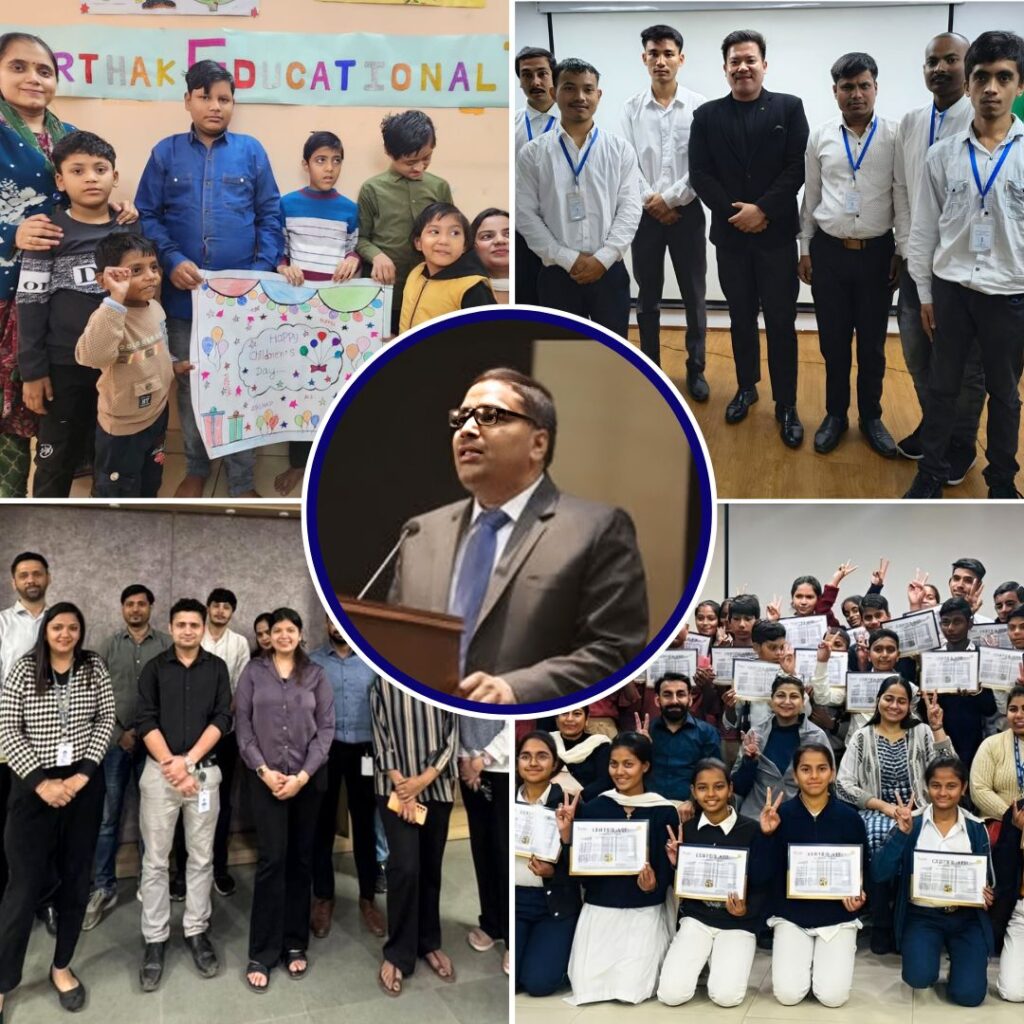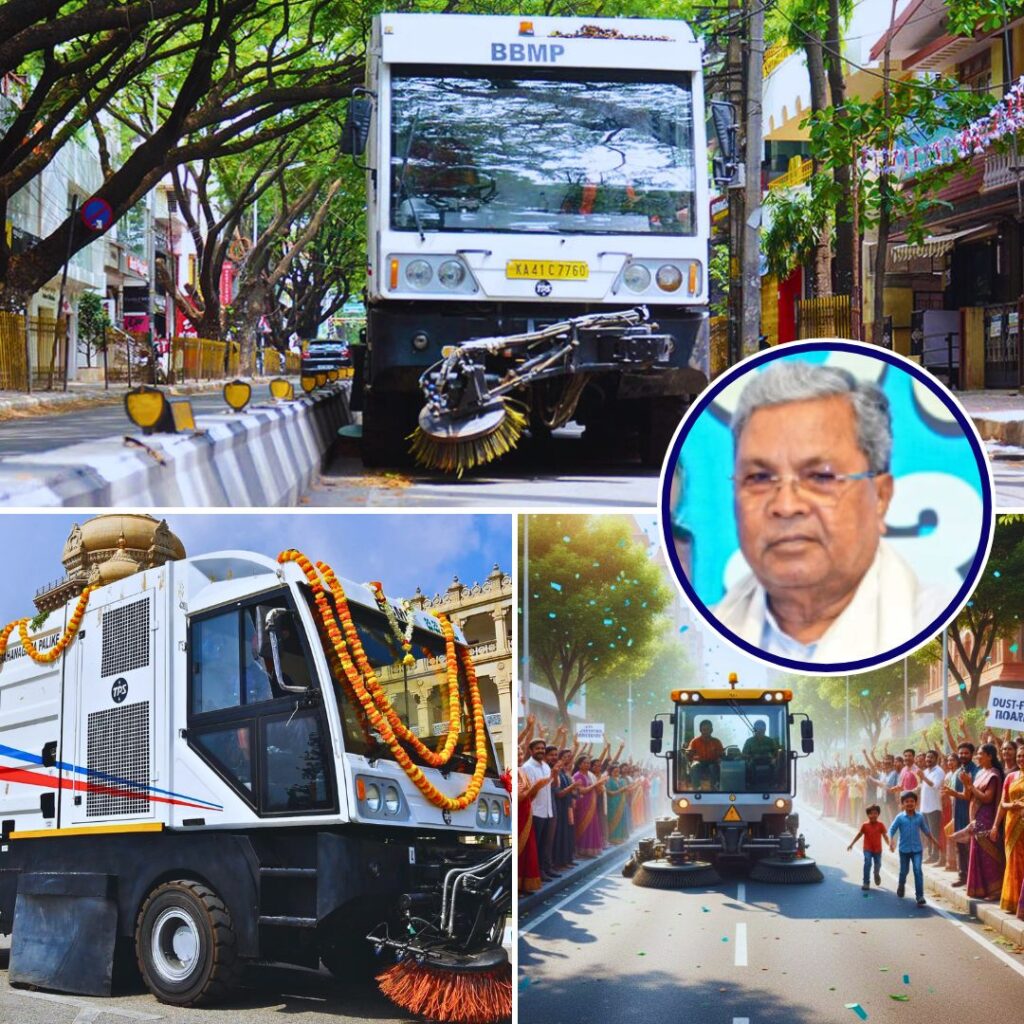In a major leap forward in cancer diagnostics, researchers have unveiled Ceograph, an artificial intelligence (AI) model that accurately predicts patient outcomes based on the analysis of tissue samples. The innovative approach, detailed in the journal Nature Communications, focuses on decoding the spatial arrangement of cells within tissue samples, resembling a sophisticated jigsaw puzzle with each cell playing a unique role. This breakthrough holds significant promise for revolutionizing cancer prognosis and tailoring personalized treatment strategies.
Described by study leader Guanghua Xiao, a professor at the University of Texas Southwestern Medical Center, the study highlights AI’s extraordinary ability to comprehend intricate spatial relationships among cells within tissues. By delving into these complex patterns, Ceograph extracts subtle information that was previously beyond human comprehension, enabling remarkably accurate predictions of patient outcomes.
Traditionally, tissue samples collected from patients undergo interpretation by pathologists, a process that can be time-consuming and subject to variations in diagnoses. The human eye may also overlook subtle features in pathology images that could hold crucial information about a patient’s condition. While previous AI models have made strides in performing certain aspects of a pathologist’s job, Ceograph stands out by replicating the nuanced way pathologists read tissue slides.
Ceograph initiates the analysis by detecting cells in images and identifying their positions. It then goes on to recognize cell types, morphology, and spatial distribution, creating a comprehensive map for the analysis of cell arrangement, distribution, and interactions. The researchers applied Ceograph to three distinct clinical scenarios using pathology slides, achieving groundbreaking results in each case.
In one scenario, Ceograph accurately distinguished between two subtypes of lung cancer—adenocarcinoma and squamous cell carcinoma. In another, it successfully predicted the likelihood of potentially malignant oral disorders progressing to cancer. Lastly, the AI model identified which lung cancer patients were most likely to respond to a class of medications known as epidermal growth factor receptor inhibitors. Notably, Ceograph consistently outperformed traditional methods in predicting patient outcomes across all scenarios.
The unveiling of Ceograph marks a significant milestone in the integration of AI into medical care, particularly in the realm of pathology analysis. As the model demonstrates unprecedented accuracy in predicting cancer outcomes, it paves the way for more efficient and precise diagnostic processes. Ceograph’s success in replicating the nuanced approach of pathologists and surpassing traditional methods underscores the growing role of AI in reshaping the landscape of medical diagnostics, offering a beacon of hope for improved patient care and treatment strategies.
Also Read: Navigating Social Media Maze: Balancing Connection & Mental Health In The Digital Age













